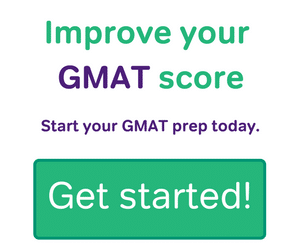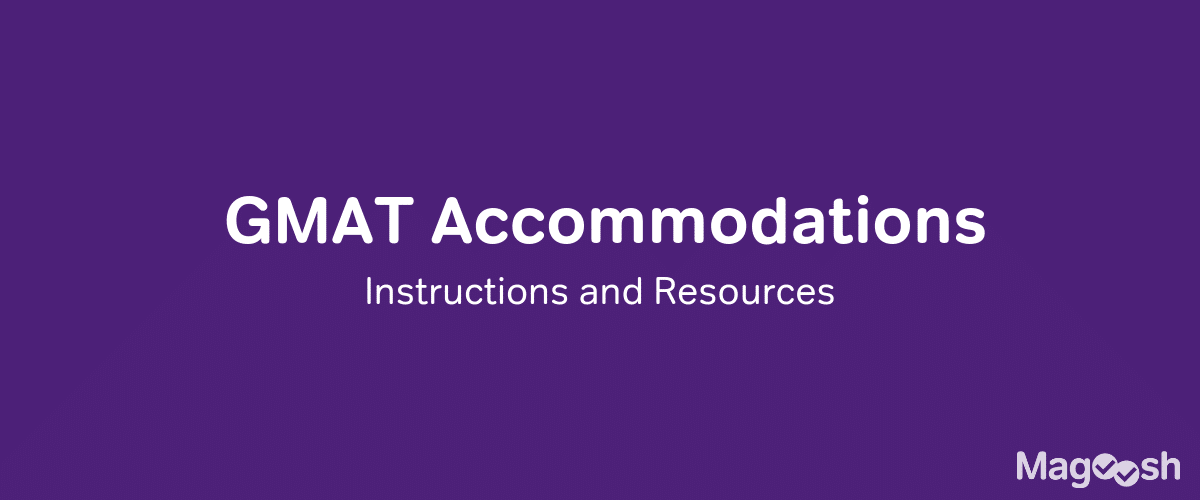Welcome back! Before we get started, take a moment to review Monday’s Sentence Correction question.
Question
In the middle of the 19th century, mathematician turned computer scientist Ada Lovelace aided Charles Babbage by developing the first computer algorithm, a breakthrough that ushered in the computer age, leading to machines capable of executing functions far more rapidly than could any possible human and resulting in every subsequent development in the field, from the development of the very first personal computer nearly a century later to the programs that today sequence genomes.
(A) mathematician turned computer scientist Ada Lovelace aided Charles Babbage by developing the first computer algorithm, a breakthrough that ushered in
(B) Ada Lovelace, mathematician and computer scientist, aided Charles Babbage by developing the first computer algorithm, ushering in
(C) Ada Lovelace, who was a mathematician turned computer scientist, aided Charles Babbage in developing the first computer algorithm, which ushered in
(D) the mathematician turned computer scientist, Ada Lovelace, aided Charles Babbage in developing the first computer algorithm; she ushered in
(E) Ada Lovelace, the mathematician turned computer scientist, aided Charles Babbage by developing the first computer algorithm, ushering in
Answer and Explanation
Two possible pitfalls:
Pitfall #1
This is a tricky question. Be careful not to get a case of “eliminitis” and unthinkingly get rid of (A) and (D). Sure, it’s tempting given that we automatically think that Ada Lovelace should immediately follow the comma. However, it is fine to have an adjective immediately following the comma as long as that adjective is modifying Ada Lovelace.
Pitfall #2
If you read the entire sentence, you’ll notice the two participles “leading” and “resulting”. Almost, reflexively our brain screams parallelism and we eliminate every answer choice that doesn’t have “ushering”. However, “leading” and “resulting” are not the second and third members of a list of three participles. Rather, we have a phrase with the past tense of ushered that is modified by the two participles “leading” and “resulting”. In other words, these two participles describe a noun in the preceding clause.
The original answer has “breakthrough” as this noun. The other answer choices change it so suddenly either Ada Lovelace is leading to every subsequent development in computers (weird) or the algorithm itself is leading to machines capable of executing functions (not as weird). For this reason, (B), (C), (D), and (E) can all be eliminated.
(A) provides the correct noun “breakthrough”, which serves as a summative modifier describing the work of Ada Lovelace. Only (A) does this.
Answer: (A)
Regarding the split between “aided in” and “aided by.” Both are correct idioms, but they mean different things.
Aid in: If you aid someone in doing X, this means that you are helping them to do X.
Aid by: If you aid someone by doing X, this means that you are helping the person because you do/did X (independently of the other person).
So, while it may be tempting to try to eliminate (A) or (C) based on this, both of these constructions are grammatically correct, despite having different meanings. We cannot eliminate either (A) or (C) for this reason.
Instead, we eliminate (C) based on how it falsely attributes the ushering in of the computer age to the algorithm itself rather than the breakthrough. There is a grammatical reason rather than a difference in idiomatic meaning.






Leave a Reply